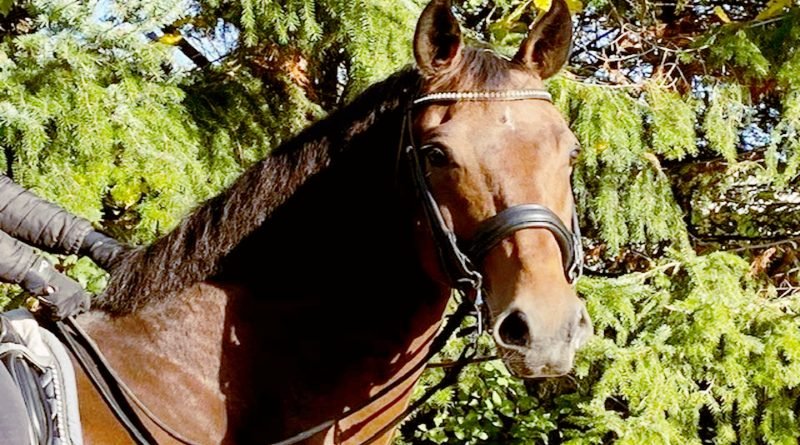Ns Horse Screen
The Horse Screen’s Development: From Analog to Digital
Our interactions with content have changed dramatically as a result of the shift from traditional to digital media in the areas of productivity and entertainment. The development of the horse screen, an essential tool in many sectors, is one example of these breakthroughs that demonstrates the transformational power of technology.
Analog Inception
Horse screens were mostly mechanical devices used in film and television production before the digital age. Hand-drawn drawings of horses in various stances were exhibited on these screens, which were usually made of cloth or paper. In order to simulate horses galloping or trotting in the background of a picture, cinematographers would manually adjust these screens.
The Development of Electronic Media
The introduction of digital technology brought about a major change in horse screens. With the replacement of their analog equivalents, digital horse screens provided production operations with increased flexibility and efficiency. These screens precisely replicate actual horse motions by using high-resolution photos and sophisticated animation techniques.
Crucial Elements of Electronic Horse Screens
1. Customization:
Filmmakers and other content producers can modify digital horse screens to suit their particular requirements for horse animations. Digital screens provide unmatched customization capabilities for changing the horses’ direction, speed, or gait.
2. Practicality:
Digital horse screens now have more realism thanks to motion capture technology and advanced rendering techniques. Filmmakers can add authenticity to their projects by achieving lifelike motions and behaviors.
3. Consolidation:
With the seamless integration of digital horse screens with green screen and computer-generated imagery (CGI), more options are available for fusing virtual and live-action aspects.
4. Effectiveness:
The production process is streamlined by the digital workflow, which lowers the time and cost needed to produce intricate horse sequences. Filmmakers can save time and money by rapidly iterating and making changes as needed.
Applications in All Sectors
Digital horse displays are not just for amusement. They are quite versatile. These instruments are used in fields like advertising, veterinary care, and equestrian sports instruction. Digital horse screens are unlimited in their possibilities, from making engaging advertising to mimicking riding settings for training purposes.
Prospective Courses
Horse displays have much more promise for the future as long as technology keeps developing. The realism and interactivity of digital horse simulations could be further improved by advances in artificial intelligence and virtual reality, creating new opportunities for immersive instruction and storytelling.
In conclusion
A key turning point in the development of production technology and visual effects is the transition of the horse screen from analog to digital. The opportunities for producing engaging horse-related material will only grow as digital tools continue to advance.
Reflections and Synopsis
The transformation of the horse screen from its analog to digital form demonstrates how technology may revolutionize visual effects and production. Making the switch from mechanical, hand-drawn screens to high-definition digital animations has completely changed how content developers and filmmakers visualize scenarios with horses.
When comparing digital horse displays to their analog counterparts, the former provide unmatched efficiency, realism, and customisation. They allow filmmakers to precisely simulate realistic horse motions, blending in with green screen and computer-generated imagery. Furthermore, these screens are used in sectors other than entertainment, such advertising and equestrian sports instruction.
Anticipating the future, virtual reality and artificial intelligence advances will likely drive additional developments in horse screens. The opportunities for developing engaging equine-related content and training simulations are endless as technology advances.
Essentially
the voyage of the horse screen represents the dynamic interplay between technology and narrative, illustrating how new developments in digital technologies keep transforming and improving how we represent and engage with the world of horses on screen.
Also visit Digital Global Times for more quality informative content.

